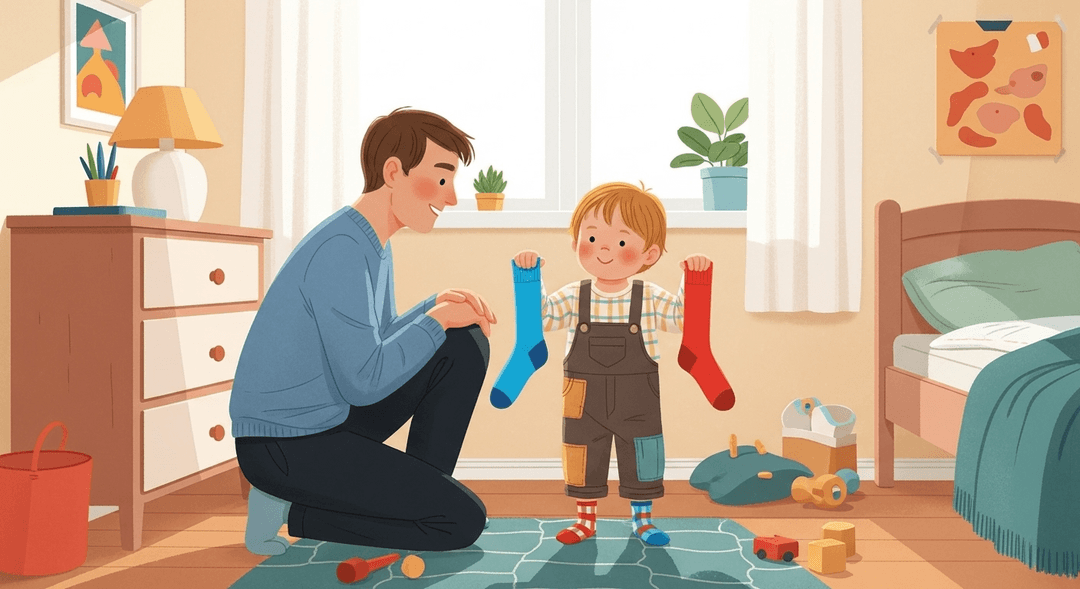Offer Choices and Encourage Age-Appropriate Autonomy
Ever had a three-year-old declare war over sock color? Welcome to the magical land of 'I do it myself!'—where giving your kid two choices is the secret handshake to a meltdown-free morning (or at least a slightly less chaotic one). If you’re tired of negotiating with tiny dictators about broccoli vs. peas, this is your survival guide to letting them feel in control—without actually letting them wear pajamas to the grocery store (again).
Giving kids choices fires up their prefrontal cortex (that’s the decision-making part), helps them build confidence, and reduces power struggles. For parents, it’s a sanity-saver—less arguing, more cooperation, and a tiny human who’s learning real-life skills like independence and self-regulation. Everybody’s brain gets a little happier.
How to do it
-
Offer two or three choices that you’re genuinely okay with. For example, ask “red cup or blue cup?” instead of “cake or broccoli?”
- Tip: Only present options you’re comfortable with, so any choice is a win.
-
Keep the choices simple and age-appropriate. Too many options can be overwhelming and may lead to a meltdown.
- Tip: For young children, two options are usually enough.
-
If they refuse both options, calmly repeat the choices. Try not to laugh if they invent a third, impossible option.
- Tip: Stay consistent and patient—repetition helps reinforce boundaries.
-
Celebrate their choice with a high-five, a dance, or a dramatic “Excellent selection!” announcement.
- Tip: Positive reinforcement makes them feel good about making decisions.
